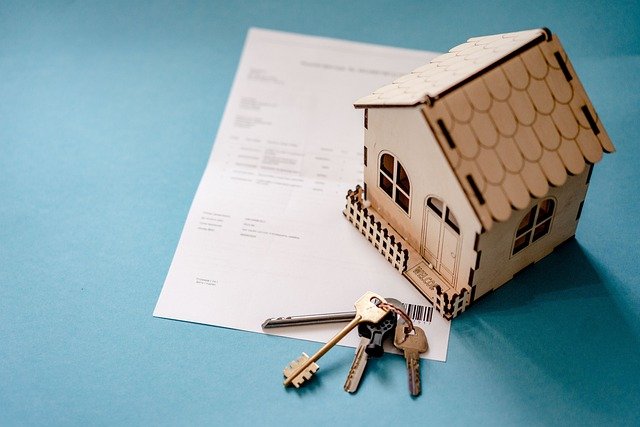Rethinking Traditional Bonds: Unveiling the Potential of Green Bonds
In recent years, the financial landscape has witnessed a significant shift towards sustainable and socially responsible investments. Amid this evolution, green bonds have emerged as a popular option for investors who want to combine financial returns with environmental responsibility. But what exactly are green bonds, and how do they revolutionize the bond market?

Delving Into the Origins of Green Bonds
The concept of green bonds was introduced in 2007 by the European Investment Bank (EIB). It was initially adopted as a strategy to fund projects focused on energy efficiency and renewable energy. Since then, the green bond market has experienced considerable growth, reaching a total issuance of $269.5 billion in 2020.
Green Bonds: A Closer Look
Green bonds are like traditional bonds but with a twist: The proceeds are exclusively used to fund projects that have positive environmental benefits. Examples of such projects include renewable energy, clean transportation, and climate change adaptation. The issuer of the bond is committed to providing regular reports about how the funds are used, ensuring transparency and accountability.
The Market Trend: Green Bonds in the Spotlight
As the global community becomes more conscious about environmental issues, green bonds have gained immense popularity. According to the Climate Bonds Initiative, the total green bonds issuance in 2021 is expected to surpass $400 billion. This growing trend reflects a broader shift in investor sentiment towards sustainable investment options.
The Impact and Real-World Applications of Green Bonds
Green bonds offer multiple benefits. For investors, they represent a unique opportunity to invest in environmentally-friendly projects while earning a return on their investment. For issuers, green bonds can attract a wider investor base and enhance their reputation as environmentally responsible entities.
Moreover, green bonds play a crucial role in addressing global environmental challenges. They provide the necessary funding for projects that combat climate change, promote renewable energy, and foster sustainable development.
Risks and Challenges
While green bonds offer numerous benefits, they also come with certain risks. For instance, there is the risk of ‘greenwashing’, where the environmental benefits of a project are overstated. Additionally, the lack of a unified standard for green bonds could lead to confusion and inconsistency in the market.
Practical Insights on Investing in Green Bonds
-
Before investing, make sure to research the bond issuer and the specific project the bond is funding. This will help ensure that your investment aligns with your environmental values.
-
Be aware of the risks associated with green bonds, such as greenwashing. Look for bonds that have been certified by recognized entities like the Climate Bonds Initiative.
-
Consider consulting with a financial advisor who has expertise in sustainable investments.
In conclusion, green bonds represent a promising avenue for investors seeking to align their financial decisions with their environmental values. They offer an innovative way to support environmentally-friendly projects while earning a return on investment. However, like any investment, they come with risks, and it’s essential to conduct thorough research before diving in. With their potential to drive environmental change while delivering financial returns, green bonds are undoubtedly reshaping the bond market landscape.





